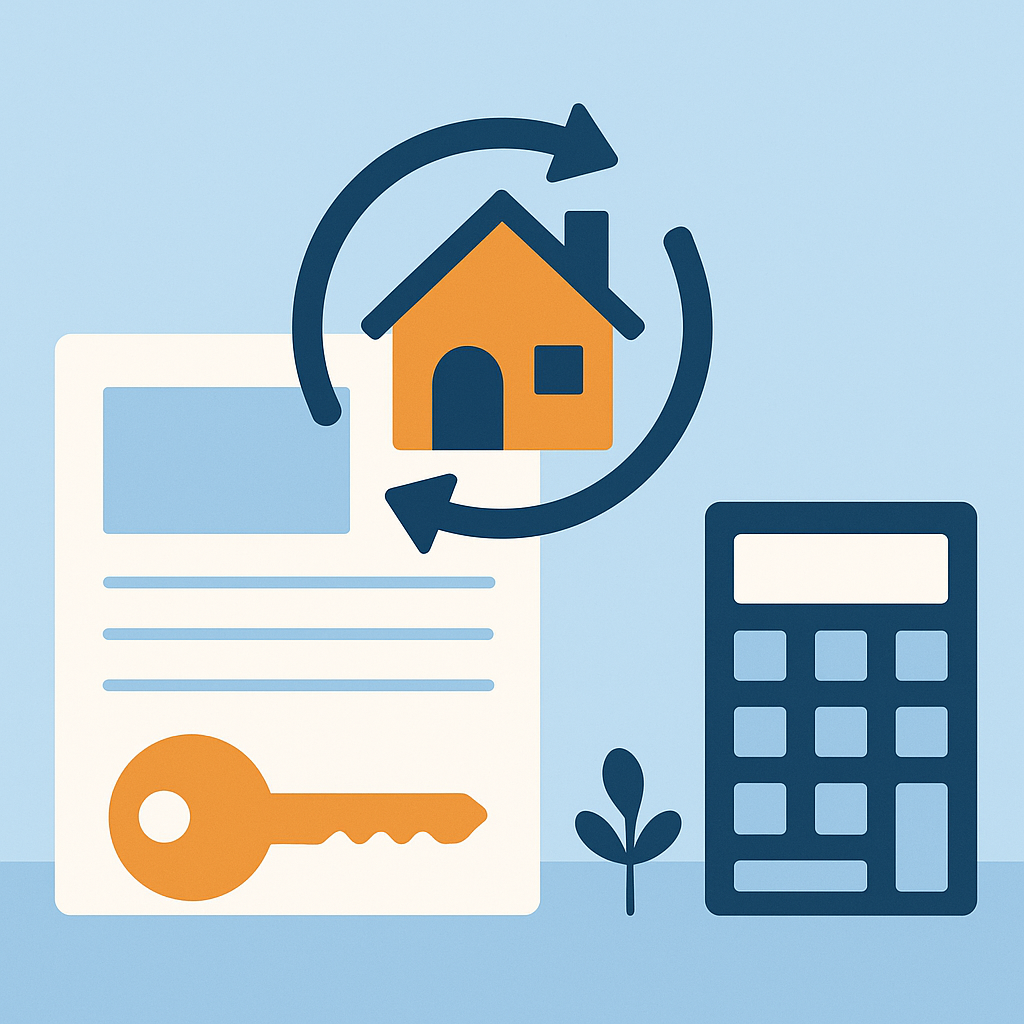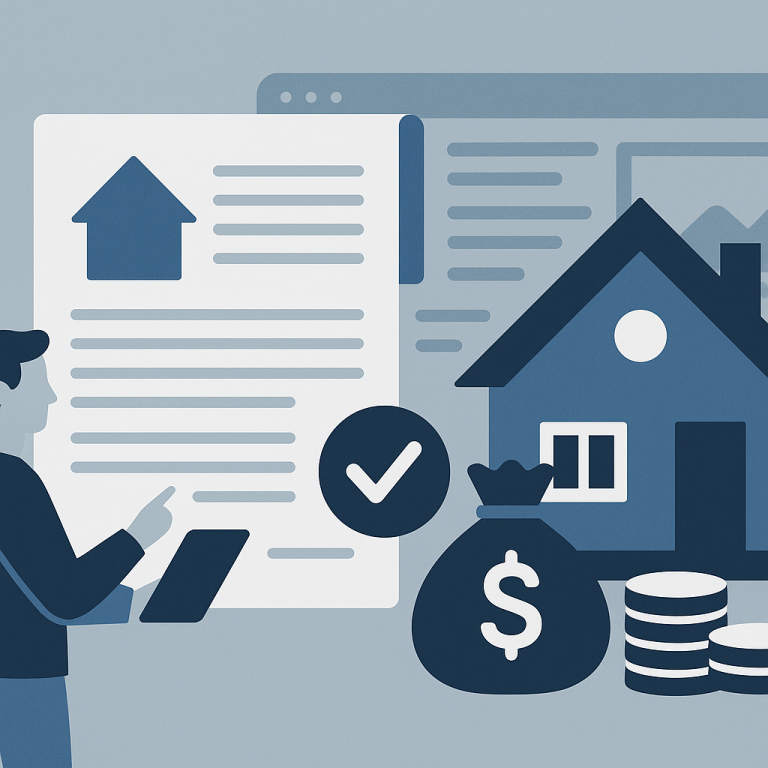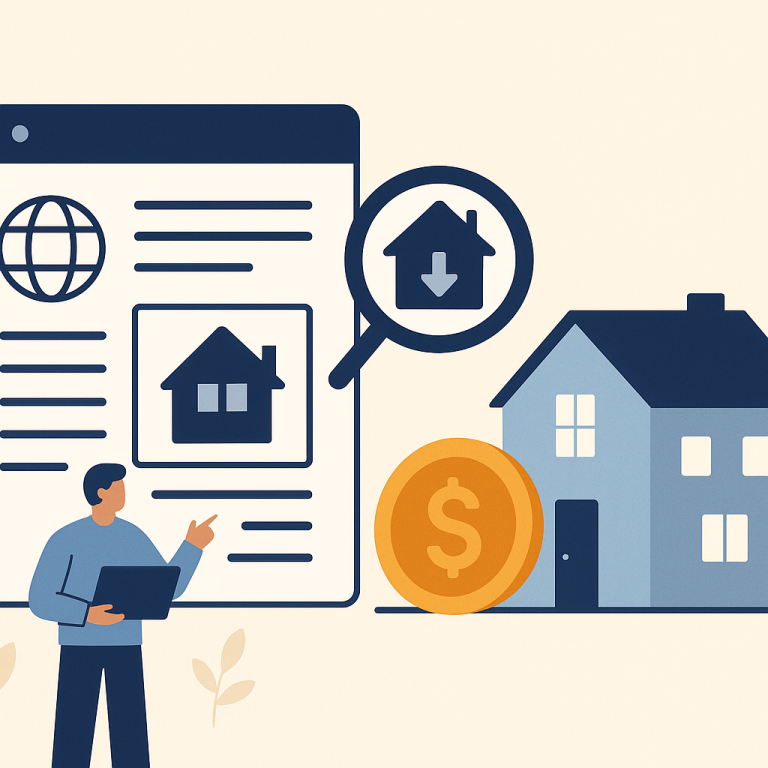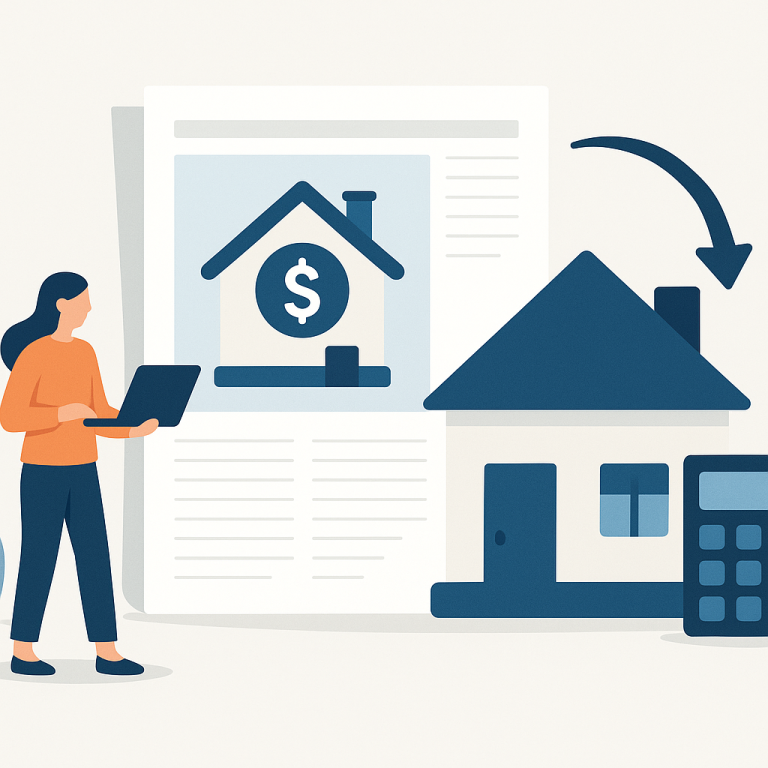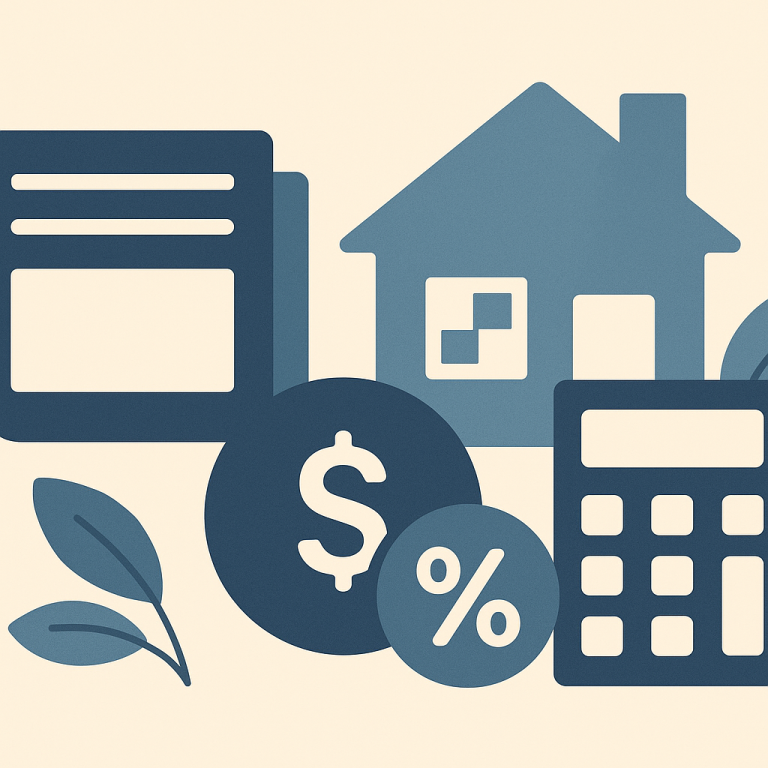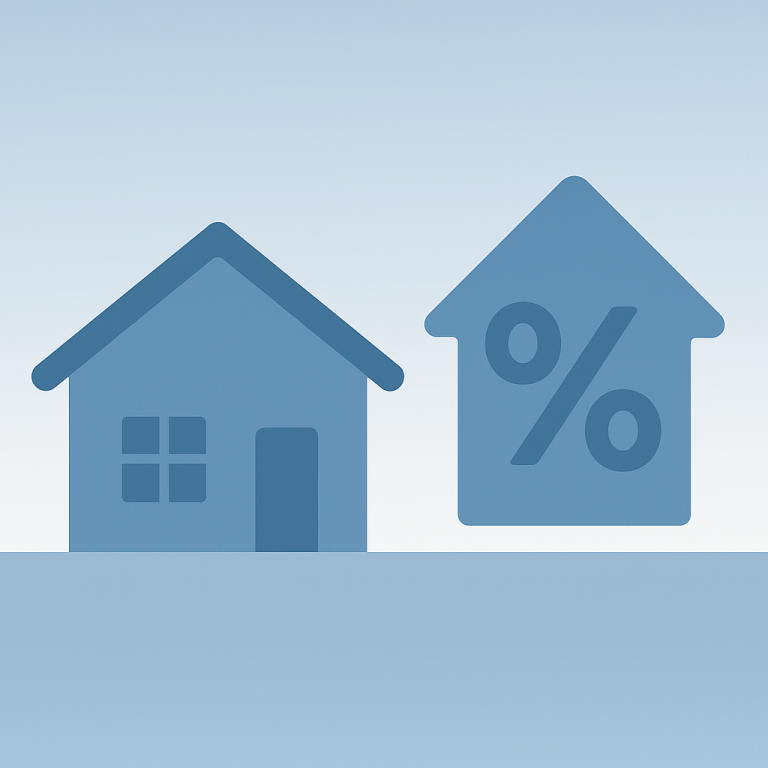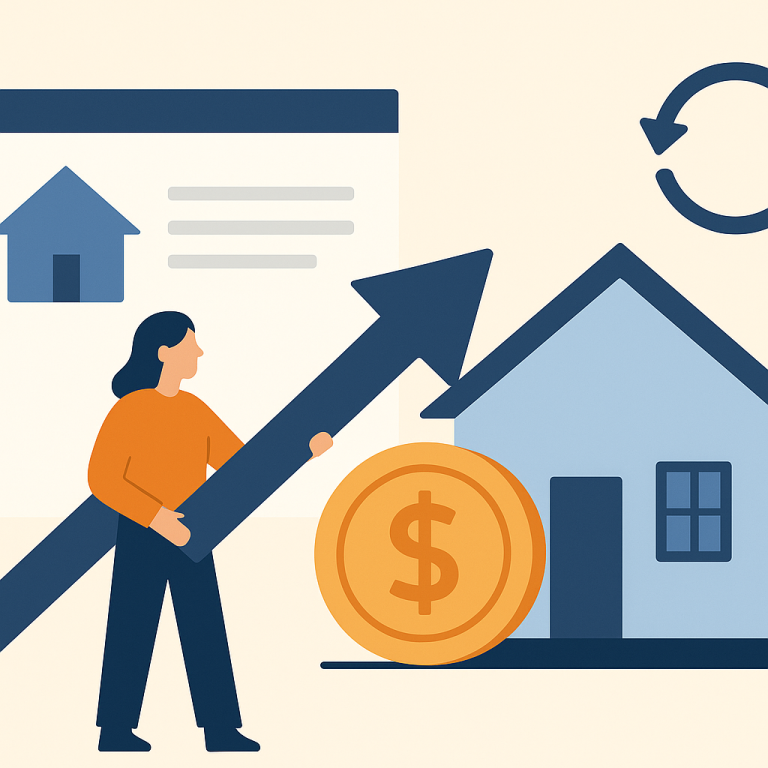30-Year Fixed Refinance Rate Falls To 4.25% After Markets Rally
Refinancing in a Higher-Rate Environment: When the Move Makes Sense
As mortgage rates have stabilized above the record lows seen in previous years, homeowners face a different calculus when deciding whether to refinance. The single clear consideration today is whether a refinance delivers measurable financial benefit after accounting for closing costs, changes in loan term, and personal plans for the property. For many borrowers the deciding factor is a break-even timeline tied to their expected time in the home.
Why break-even analysis matters now
Refinancing reduces monthly payments or shortens loan terms, but those advantages come at the cost of fees and potential rate differences that are smaller than in past refinance waves. When the rate improvement is modest, the time it takes for monthly savings to cover upfront costs can stretch beyond a homeowner’s planned stay. The break-even approach frames the decision simply: compare total upfront costs to cumulative monthly savings and consider whether you will remain in the home long enough to reach that point.
How homeowners should evaluate a refinance
A practical evaluation emphasizes three elements: closing costs, monthly savings, and future plans. Consider these steps before signing an application.
- Collect accurate cost estimates: Request a detailed Loan Estimate from lenders, including appraisal fees, origination charges, and third-party costs.
- Calculate monthly savings: Subtract the new payment (including principal, interest, taxes and insurance when applicable) from your current payment to determine monthly cash flow improvement.
- Compute the break-even point: Divide total closing costs by monthly savings to see how many months it takes to recoup expenses.
- Factor in loan term and interest accrual: A shorter term can increase monthly payments but accelerate equity building; conversely, extending the term may lower payments but increase total interest over the life of the loan.
- Assess liquidity and credit position: Refinancing consumes cash for closing and relies on credit qualification; ensure you have flexibility for unexpected expenses and that your credit profile supports favorable pricing.
Alternatives and complementary moves
If the break-even analysis is unfavorable, homeowners have alternatives. A home equity line of credit or a second mortgage can provide funds for renovations without disrupting a low-rate first mortgage in some cases. For those focused on reducing interest costs long term, making extra principal payments or switching to a shorter-term loan only when the rate differential is significant may be preferable.
Homeowner takeaways
- Prioritize a break-even calculation: Know the number of months until savings cover costs before proceeding.
- Match the refinance to your goals: Lower payments, shorten the loan term, or tap equity — don’t pursue a refinance for unclear benefits.
- Compare multiple offers: Shop lenders for both rates and fees; small differences in costs can change the outcome.
- Consider timing and plans: If you expect to move before the break-even point, refinancing may not be economically sensible.
- Explore alternatives: HELOCs, second liens, or disciplined extra payments can accomplish goals without refinancing the entire mortgage.
Refinancing remains a useful tool, but its value depends on a clear, personalized assessment. Homeowners who quantify costs, compare offers, and align the refinance decision with their time horizon will make the most financially prudent choice.
META: refinancing-break-even-analysis-homeowners

